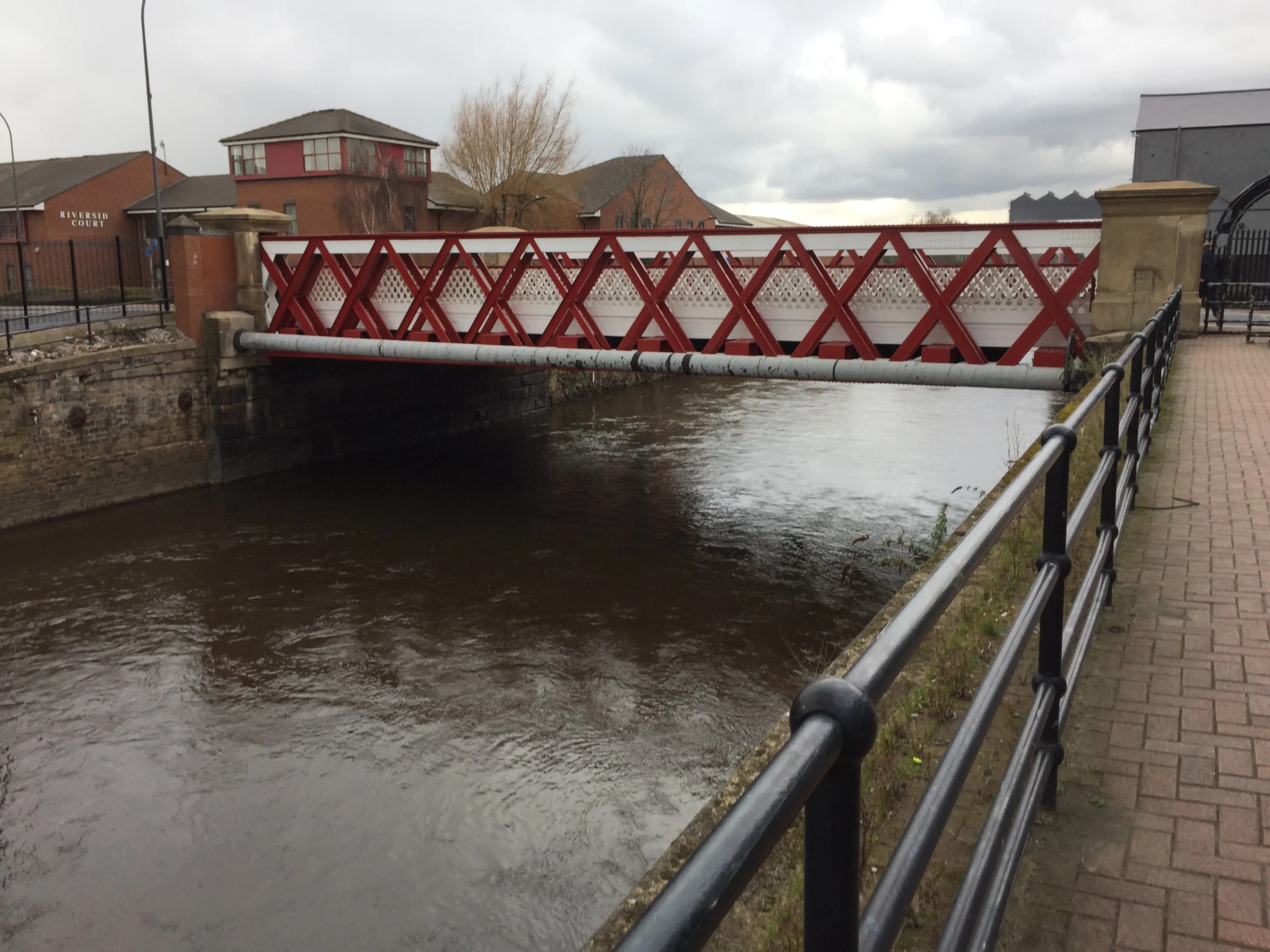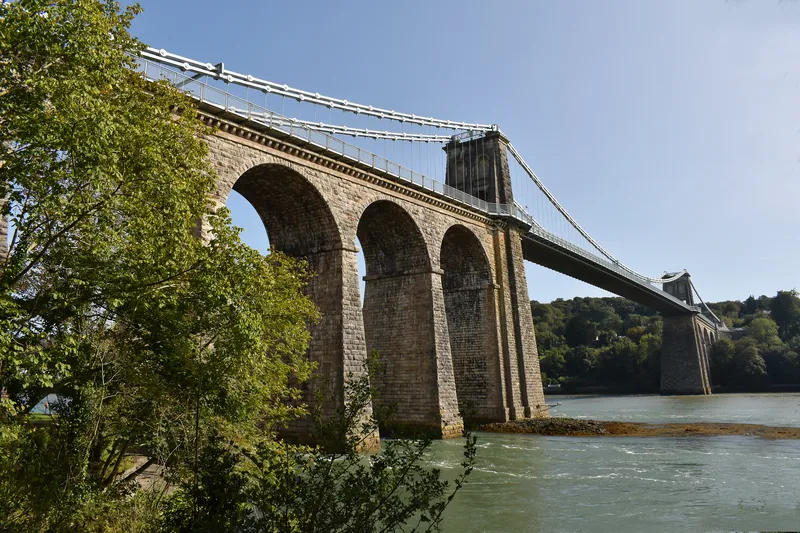
Newhall Road bridge over the River Don is one of 240 road bridges and culverts in Sheffield to be given a new lease of life thanks to investment linked to Sheffield City’s €2.5 billion Streets Ahead highway maintenance contract.
The current steel structure was built around 1889 close to the location of the giant Hecla Works where manganese steel was developed. But the crossing’s history can be traced back several centuries to a time when it was a rural bridge for a packhouse, a warehouse used for curing tobacco or storing produce.
The five-month scheme was carried out Amey and tackled areas of corrosion to some of the steel structural elements as well as overall strengthening, explained Christopher Hampson, Amey structures manager.
“Although the bridge was perfectly functional, parts of the original steel trusses and a steel troughing underneath were corroded, partly as a result of its environment and road salts over the years.
“It was time consuming work because it is only once you have started that you discover extra areas that require attention. Now completed, the life of the bridge has been extended by many years,” said Hampson.
The government-backed Streets Ahead programme will help Sheffield improve roads, footpaths, street lighting and other highways infrastructure.
Amey will have strengthened 40 road bridges including other historic bridges that will allow the lifting of weight restrictions. With the main five-year core investment programme almost completed, Amey will carry out regular routine and preventative maintenance to all the city’s highway structures over the next 20 years.







